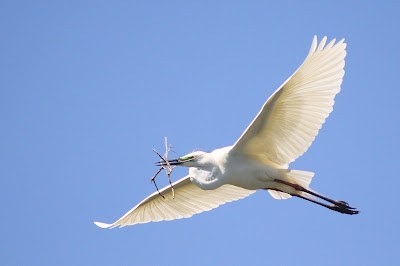I have published my blog entries as a Blurb book - not that this is necessarily what you'll be getting for Christmas, family and friends.
I have published my blog entries as a Blurb book - not that this is necessarily what you'll be getting for Christmas, family and friends.
Some of the notable spots are Munghorn Gap with over 160 species recorded including the endangered regent honeyeater; the Drip, home to the origma or rock warbler; the White Box Camp in Goulburn River National Park for painted honeyeaters; and Stony Creek for diamond firetails. We found great birds all along the Wollar Road with a group of seven wedge-tailed eagles roosting on the edge of mine tailings, a variety of honeyeaters along the creek beds, musk lorikeets feeding on flowering gums, and rufous whistlers calling from every vantage point. The area is also home to the only wild emus in the Sydney basin.


 After yesterday's scorching temperatures were promised to be repeated today, we walked early. Lots of little birds singing pre-dawn, cisticolas and fairywrens, finches, scrub wrens, and of course house sparrows.
After yesterday's scorching temperatures were promised to be repeated today, we walked early. Lots of little birds singing pre-dawn, cisticolas and fairywrens, finches, scrub wrens, and of course house sparrows.

 Formally regarded as a subspecies of the Great Egret, Ardea alba, the Eastern Great Egret was recently elevated to full species status, Ardea modesta.
Formally regarded as a subspecies of the Great Egret, Ardea alba, the Eastern Great Egret was recently elevated to full species status, Ardea modesta. 







Chapman, G., The Social Life of the Apostlebird Struthidea cinerea Emu. Vol. 98, no. 3, pp. 178-183. Sep 1998.
